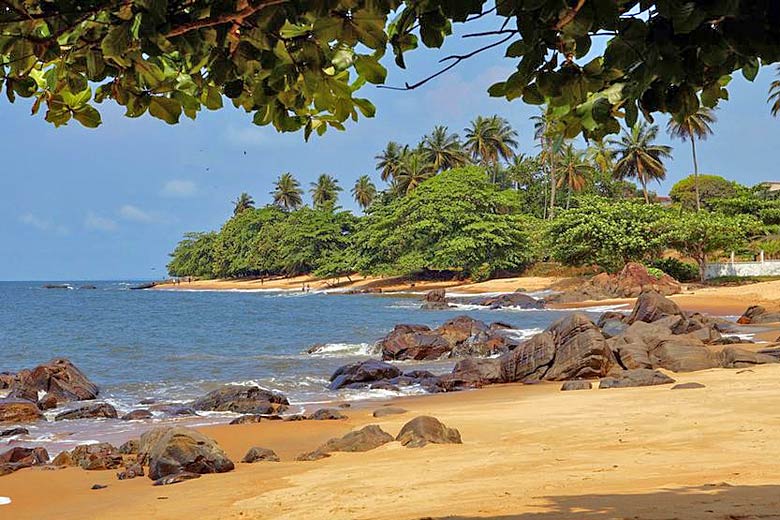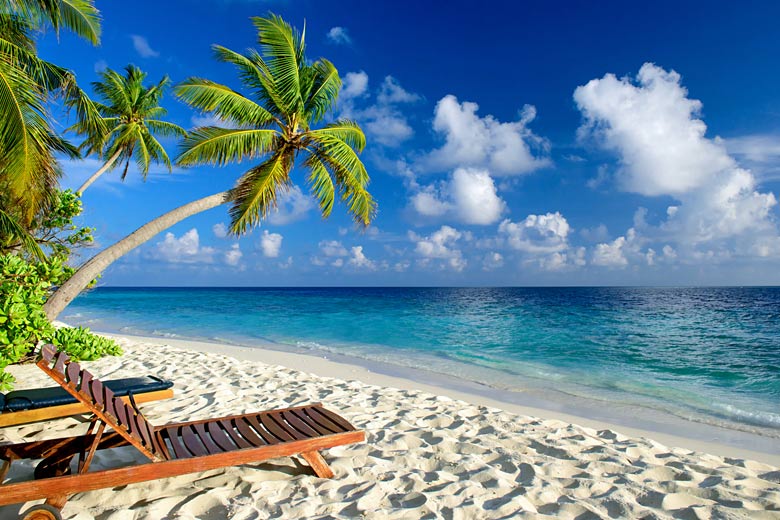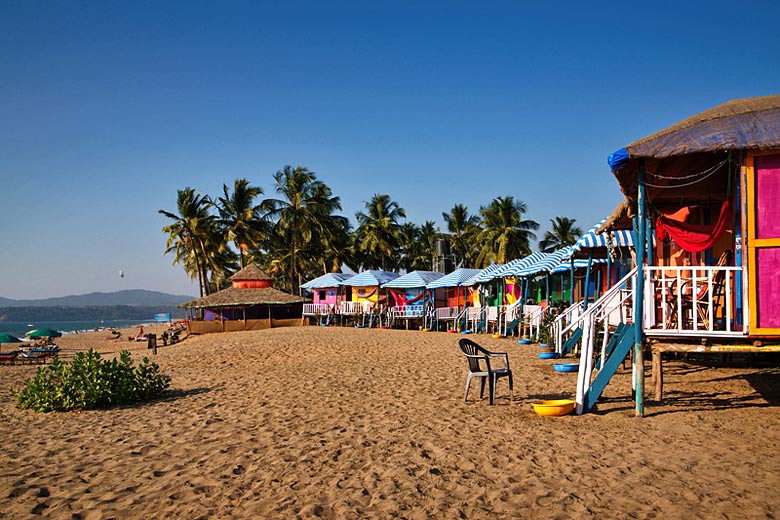- Browse latest special offers from Oberoi Hotels & Resorts
- Check out destination specific offers for India & beyond
- Book deals online with participating hotels for 2023
Best time to visit India
Find the best time to visit India and plan your perfect trip in 2025/2026. Get holiday inspiration, weather guides, travel advice and find great deals.
- Best time to visit
- Weather by month
- 5-day weather forecast
- Destinations
- Travel guide
- Deals & discounts
India by month
Jan Feb Mar Apr May Jun Jul Aug Sep Oct Nov Dec
Recommended for India
Top India destinations
Below are the temperatures expected today at popular countries, regions and places in India. Select a destination to compare today's forecast with average weather conditions.
All India regions
All India destinations
- Agatti Island
- Agonda Beach, Goa
- Agra
- Ahmadabad
- Ajmer
- Alleppey, Kerala
- Amritsar
- Anjuna, Goa
- Arambol Beach, Goa
- Arpora, Goa
- Arrosim, Goa
- Aurangabad
- Baga, Goa
- Bandhavgarh
- Bangalore
- Benaulim, Goa
- Betalbatim, Goa
- Bikaner
- Bogmalo, Goa
- Calangute, Goa
- Calcutta
- Candolim, Goa
- Cavelossim, Goa
- Chandigarh
- Chennai
- Chowara, Kerala
- Cochin, Kerala
- Colva, Goa
- Darjeeling
- Dharamsala
- Dona Paula, Goa
- Gangtok
- Hyderabad
- Jaipur
- Jaisalmer
- Jodhpur
- Kalimpong
- Kanha
- Kaziranga
- Khajuraho
- Kollam, Kerala
- Kottayam, Kerala
- Kovalam, Kerala
- Kozhikode, Kerala
- Kumarakom, Kerala
- Leh
- Lucknow
- Madurai
- Mahabalipuram
- Majorda, Goa
- Mangalore
- Miramar, Goa
- Mobor, Goa
- Morjim, Goa
- Mount Abu
- Mumbai
- Munnar, Kerala
- Mysore
- Nagpur
- New Delhi
- Ooty
- Panaji, Goa
- Patna
- Pelling
- Periyar, Kerala
- Pondicherry
- Poovar, Kerala
- Port Blair
- Puri
- Ramnagar
- Ranthambore
- Rishikesh
- Shillong
- Shimla
- Sinquerim, Goa
- Srinagar
- Surat
- Thiruvananthapuram, Kerala
- Udaipur
- Vagator, Goa
- Vainquinim, Goa
- Varanasi
- Varca, Goa
- Varkala, Kerala
- Visakhapatnam
When is the best time to visit India?
The best time to visit India (New Delhi) is April, May and October based on the following average weather conditions.
Daily hours of sunshine = 10 hours or more [remove]
Change the criteria to reflect your weather preferences.
Best time to visit
The weather guide for India (New Delhi) shows long term weather averages processed from data supplied by CRU (University of East Anglia) & today's weather forecast provided by meteoblue. Find out more about our data sources.
Metric (°C) | Imperial (°F)
India overview
Expect a hot, tropical climate when visiting India with variations from region to region.
If you like temperate conditions, go in the winter when evenings and mornings are cool and crisp and days dry and sunny.
Between April and June, in the run-up to the monsoon season, conditions can be insufferably hot and dusty. June to September is the monsoon season when you should brace yourself for heavy rain.
However, this should only be taken as a broad guide to a country where local conditions differ greatly from place to place.
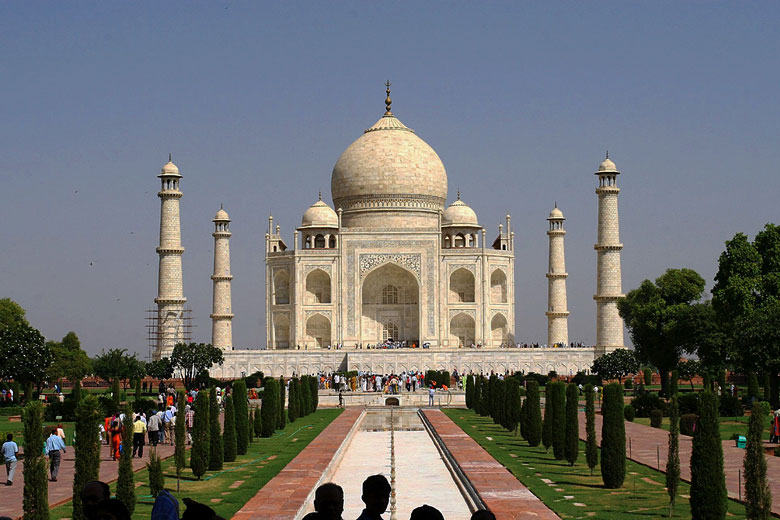
In the Himalayas, winter conditions are cold and wet with heavy snow while mid-summer is unpleasantly hot.
On the northern plains of India, extending from Amritsar in the west to Calcutta in the east, you'll find a climate of extremes.
To the east, hot and thundery summer weather between March and June is followed by a very oppressive monsoon season when extremely high humidity makes life unpleasant.
To the west, (Rajasthan) and northwest of Delhi, desert conditions prevail and summers are drier.
The winter months (December to February) bring crisp, sunny weather by day but nights are chilly.
The best time to visit the extreme northeast of India (Assam) is late autumn or spring. At these times, the weather is warm, dry and sunny.
For the entire summer, Assam is a washout, literally, with tumultuous rains making life unbearable.
Take light clothes for the daytime, warmer attire for the evenings and, if you must go in the summer, good waterproofs!
On India's central plateau, temperatures are slightly lower and conditions are, therefore, more pleasant during the hot season. However, the monsoon rains can be intense.
The west coast of India, which includes Mumbai (Bombay) and Goa, consists of a narrow coastal plain rising to steep mountains, the Western Ghats.
During the winter and spring (November to April) daytime temperatures are warm and sunny and humidity is at its lowest.
In the hot season, conditions can be unbearable unless you go way up into the hills and very heavy monsoon rains fall from June to September. In the southwest, the big rains come earlier and summers are cooler than in the north.
High humidity can make conditions stifling except on the coast where the stickiness is dissipated by sea breezes.
The southeast of India receives its rains in the late autumn, from October to December, and has hot, muggy weather throughout the year.
The only relief is to be found in the cooler hill region but, here, winter temperatures can fall very low and warm clothing is recommended.
More about India
Explore our complete guide to India with the latest travel advice for travellers and holidaymakers including official updates and local travel tips for India.
India travel guide - essential info
Below is a beginner's guide to India with essential travel facts such as dominant language spoken, typical flight time from the UK and the local currency. You can also check whether visas are required and what plug adapter you need to pack.
| India - quick facts | |
|---|---|
| Flight time✝ | 8.5 to 10 hours |
| Time difference | UK +5.5 hours |
| Language(s) | Hindi, English |
| Currency | Indian Rupee |
| Electricity | C + D + M plug (230V) |
| Driving side | Left |
| Visa✝ | Yes |
Why visit India?
Considering a holiday to the India? Here are some of the very good reasons it makes such a wonderful holiday destination be it for culture or nature to ensure you get the most out of your 2025/2026 escape.
- Culture

- Nature

India tourist information
✝ = Typical flight time from the UK and visa requirements for UK travellers.
| Travelling to India? | |
|---|---|
| Holidays Hotels Flights Travel insurance |
India travel guidance
Check the latest travel guidance and advice on visiting India from official government sources (in english) from around the world including entry requirements and travel restrictions.
- UK traveller advice for India - UK FCDO
- Irish traveller advice for India - Department of Foreign Affairs, Ireland
- Canadian travel advice for India - Government of Canada
- US travel advisories for India - US Department of State
- Safe travel advisories for India - Ministry of Foreign Affairs, New Zealand
- Smarter traveller advice for India - Department of Foreign Affairs, Australia
Learn more about the current safety and security risks from terrorism, natural disasters and more. Read about the local laws and customs to consider when travelling around India.
Note: UK FCDO - UK Foreign, Commonwealth & Development Office
India travel health
Find out more about staying safe when travelling to India with the latest guidance on required vaccinations and recommended medication to take with you.
- Vaccines & medicines for India - CDC
- Health & vaccinations for India - TravelHealthPro, NaTHNac
- How to stay safe & healthy in India - Fit for Travel, Public Health Scotland
Check out the general travel tips for staying safe and healthy in India, risks of preventable diseases and what to pack.
Note: CDC - Centers for Disease Control and Prevention
India travel features
Do you want to learn more about India? Read our latest features covering travel tips and insider destination guides on where to go and what to do in India.
India FAQs
Read our frequently asked questions about travelling to India including the current entry restrictions, driving side, electrical plugs used and much more.
Which month has the most rain in India?
In terms of rainfall, January is usually the wettest month in New Delhi, India with 0.0 inches on average. There are normally no days in January with some rain.
When is it sunniest in India?
The sunniest time of year in New Delhi, India is normally January with bright sunshine on average for 0% of daylight hours; that's 0 hours of sunshine per day.
When is the sea warmest in India?
The sea is usually at its warmest in New Delhi, India in January when the water temperature reaches 32°F.
What is the flight time to India from the UK?
The flight time to India from the UK is typically 8.5 to 10 hours.
What is the time difference between India and the UK?
The time difference between India and the UK is UK time+5.5 hours.
What is the main language spoken in India?
The main languages spoken in India are Hindi and English.
Learn a language for India with Rosetta Stone*, Busuu* and Rocket Languages*.
What is the currency in India?
The currency in India is the Indian Rupee (INR).
Send money to India with Wise.com*, World Remit* and XE Money Transfers*.
Which plugs are used in India?
India uses electrical plug type C + D + M (230 Volts).
Which side of the road do they drive on in India?
They drive on the left side of the road in India.
Find out more about driving in India with International Drivers Association*.
Do you need a visa for India?
Yes, UK passport holders do need a visa to enter India.
Check India visa requirements for all passport holders with VisaHQ*.
India travel deals
Holidays to India
Check out the latest deals, discount codes and special offers on holidays to India in 2025/2026. Pay low deposits and save with last minute holiday availability and free kids places.
- Search for top holiday deals for popular destinations
- Filter deals by board basis, star rating, price & more
- Pay low deposits from £25 per person
- Book flexible holiday accommodation in Europe
- Cancellation period varies by property & travel dates
- Book villas, cottages, apartments, houses & cabins
- Save £100 per room at Walt Disney World Resort 2026 stays
- Enjoy 14 day park tickets for the price of 7. Use promo code
- Travel between 7th Jan & 19th Dec 2026 (inclusive)
 ******ING
******ING
Expires at 23:59 on Wednesday 5th Nov 2025 · View all Virgin Holidays offers
- Book early & save on 2026 river cruises with Avalon Waterways
- Filter deals by promotion, month, destination & more
- Travel between 1st Jan & 31st Dec 2026 (inclusive)
Expires at 23:59 on Thursday 31st Dec 2026 · View all Avalon Waterways offers
- Book a mystery holiday from just £99 per person
- Potential destinations include Thailand, Bali & Orlando
- Visit one of 60 unforgettable destinations around the world
- Book online & save on long haul holidays in 2025
- Destinations include New York, Caribbean & beyond
- Ideal for summer, winter & half term family holidays
- Check out holiday rentals for £100 per night or less
- Browse property locations by map or enter travel dates
- Filter deals by free cancellation, cleanliness & more
- Save up to 80% with latest deals & discounts online
- Book short breaks, UK staycations, beach holidays & more
- Plus buy electronics, garden products & beauty treatments
- Save up to 35% when you book 5 nights or more
- Book hotel stays in top destinations worldwide
- Including Barcelona, New York, Bangkok & beyond
- Explore cheap accommodation around the world
- Choose from over 36,000 properties across the globe
- Get instant confirmation & 24/7 customer service
Flights to India
Hotel chains in India
Be inspired
Get your weekly fix of holiday inspiration from some of the world's best travel writers plus save on your next trip with the latest exclusive offers
We promise not to share your details
Related posts
Popular travel offers
Explore holiday destinations
- Beach holidays
- City breaks
- Family holidays
- Half term holidays
- Spring holidays
- Summer holidays
- Autumn holidays
- Winter sun holidays
- Honeymoons
- Coolcations
- Compare places
- Ski resorts
Save with latest deals & discounts
- Holiday offers
- Top travel brands
- Airlines & flights
- Discount hotels
- TUI
- Jet2holidays
- Neilson
- Marella Cruises
- Roamless eSIMs
- Confused.com
- Pierre & Vacances
- Caledonian Travel
Airport parking
- Manchester Airport
- Stansted Airport
- Bristol Airport
- Luton Airport
- Birmingham Airport
- Edinburgh Airport
- Gatwick Airport
- Glasgow Airport
- Newcastle Airport
Airport lounges
- Manchester Airport
- Birmingham Airport
- Bristol Airport
- Edinburgh Airport
- Glasgow Airport
- Heathrow Airport
- Newcastle Airport
- Stansted Airport
- Gatwick Airport



























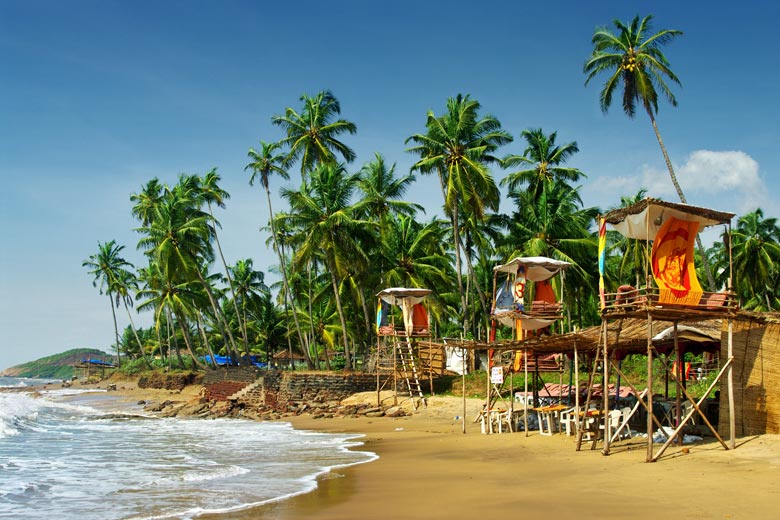
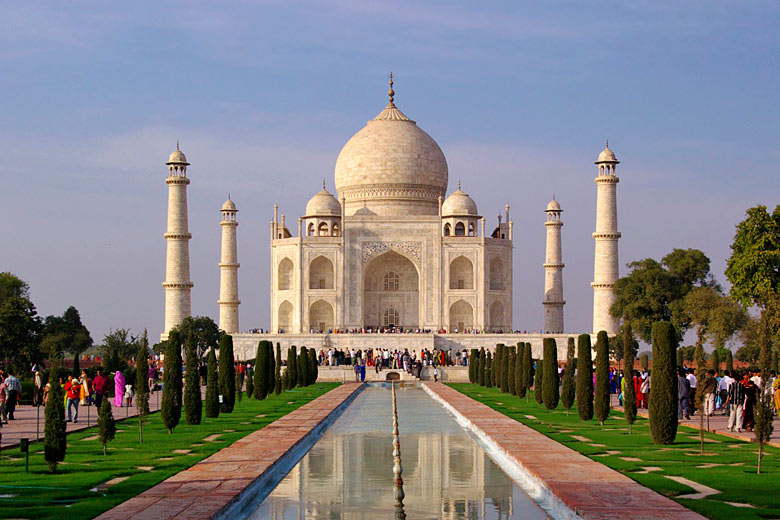
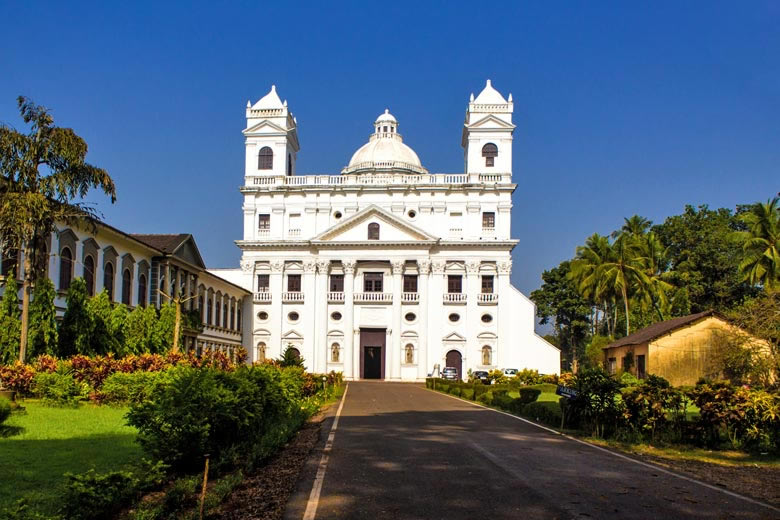
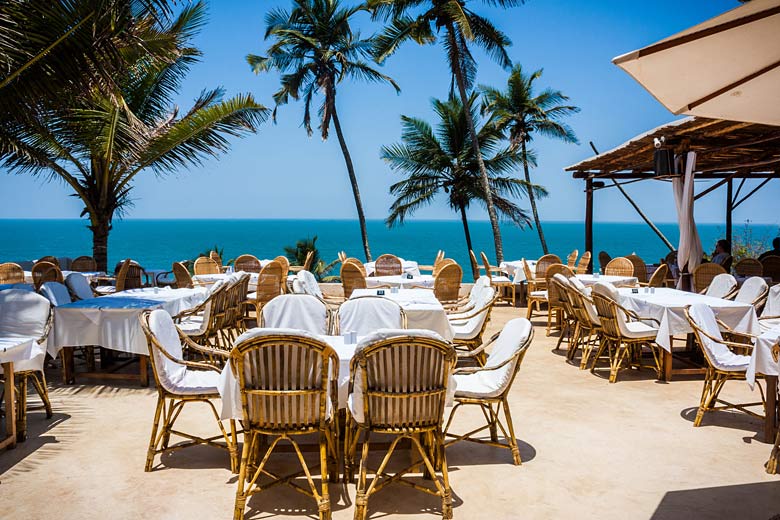
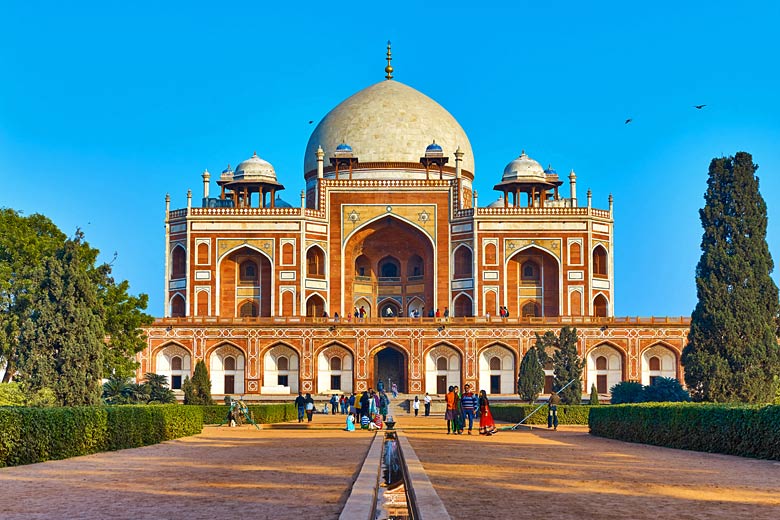
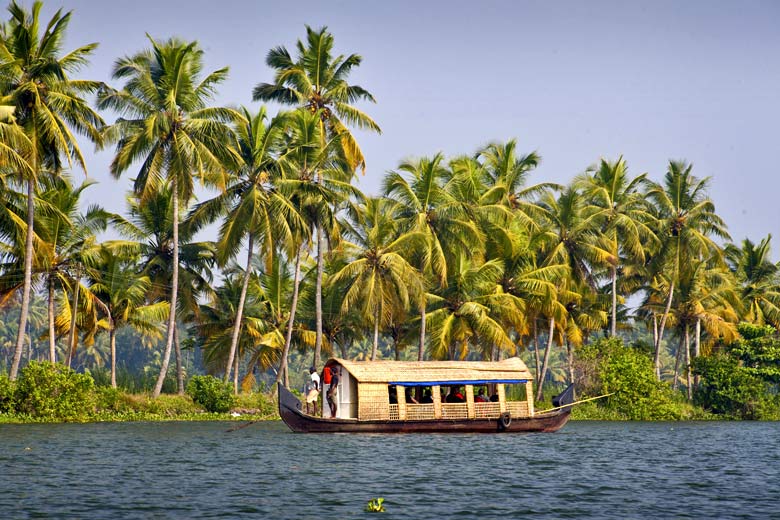
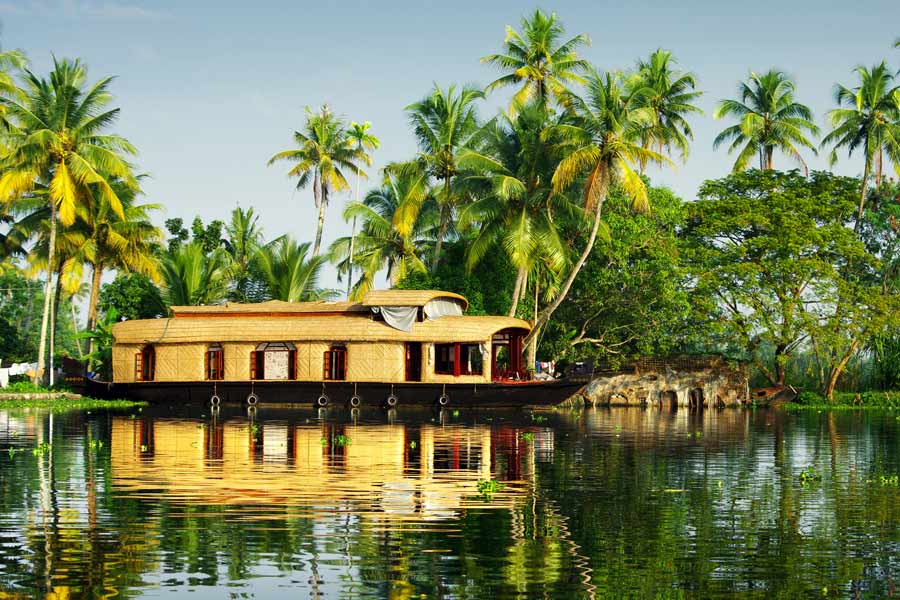
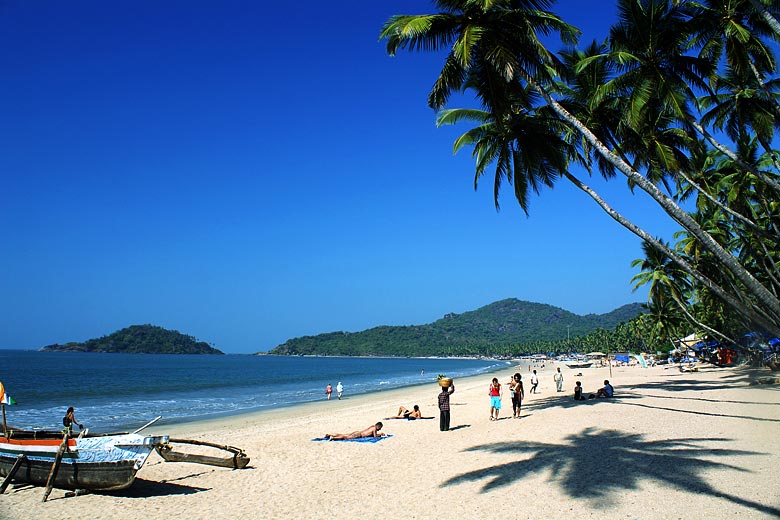

 Holiday deal finder
Holiday deal finder












